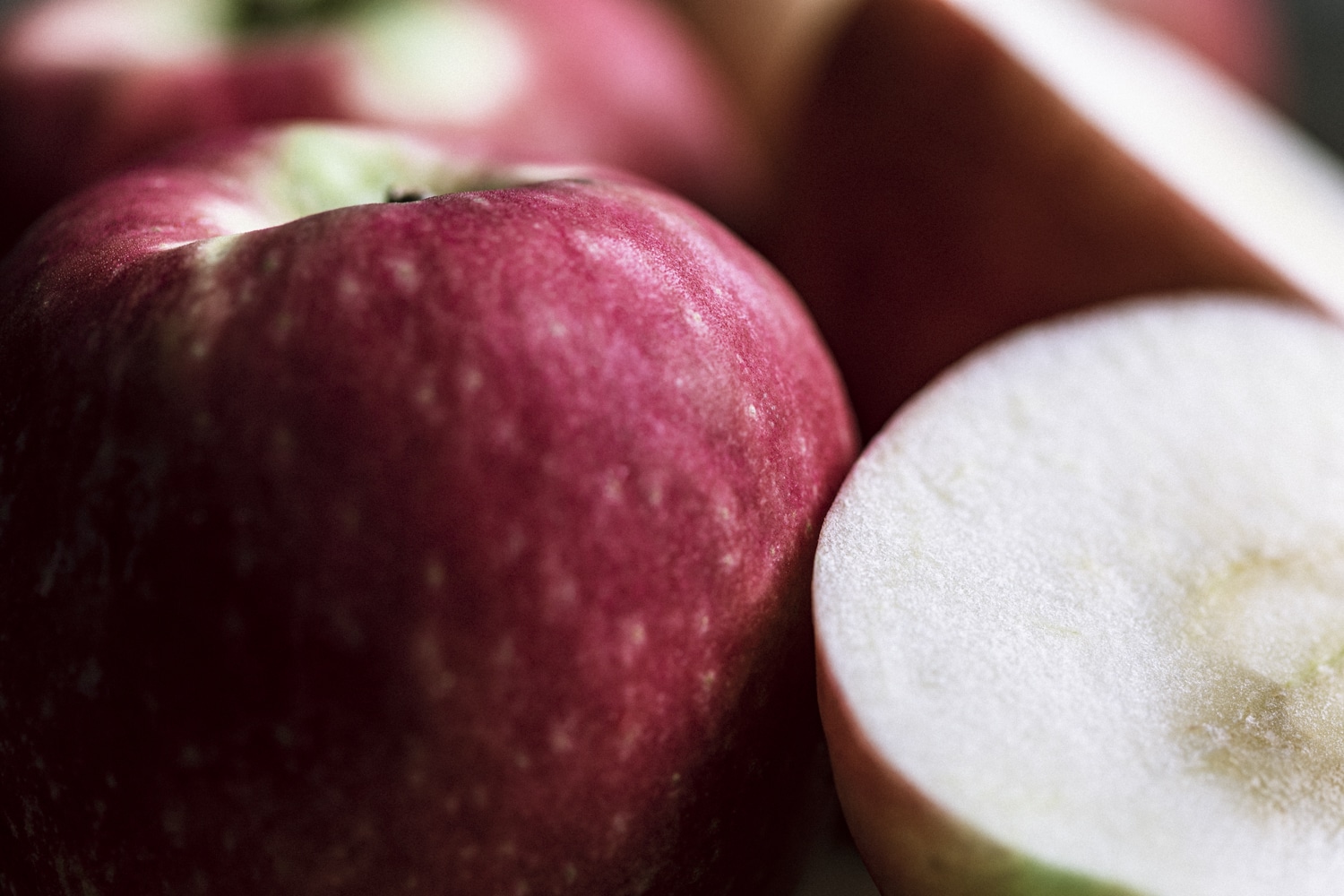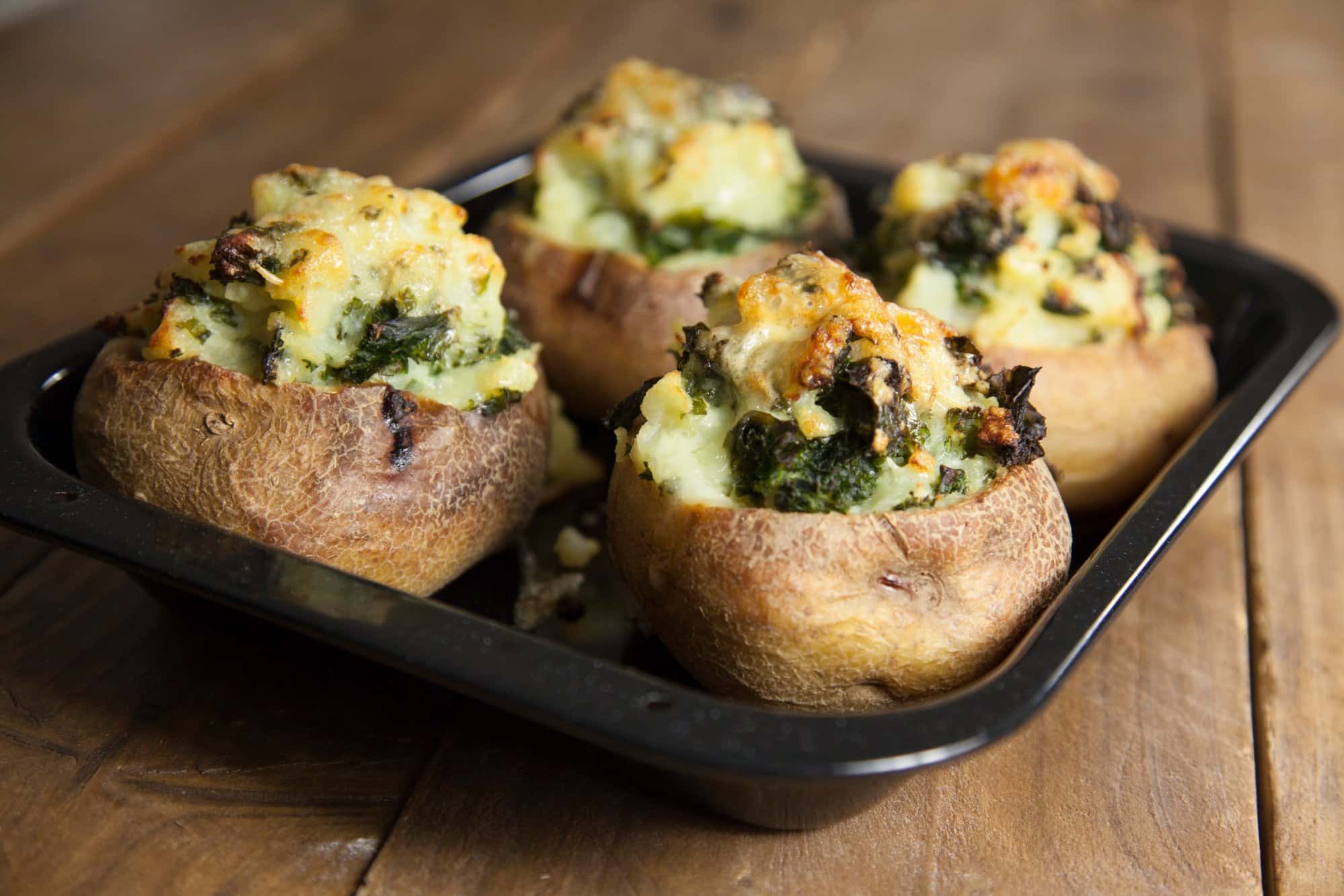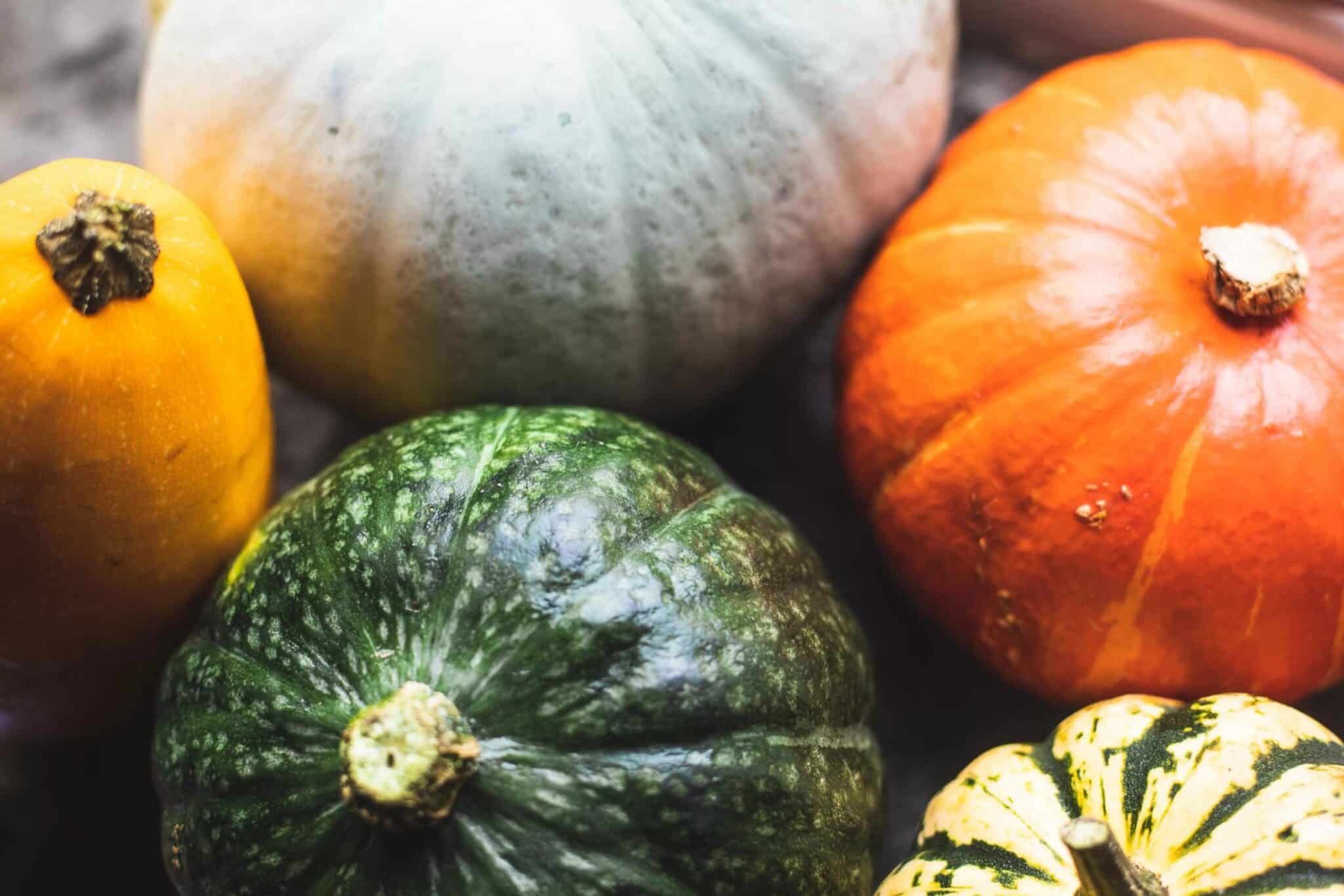Apples are one of the most humble and popular fruits in the world. Available during several months of the year but reaching their peak in the UK in Autumn, when the trees change colour, the migrating birds fly to warmer places and the days start to shorten.
Here’s our 360-degree deep dive into all things apples, from recipes to cultural history. Share your own apple tips and recipes in the comments below or on social media tagging @wickedleeksmag.
Provenance and history
The apple tree (Malus domestica) has its origins in Central Asia, where it has been growing for thousands of years. It travelled along the Silk Road to Europe and was brought to America by the European colonists. Apples have religious and mythological significance in many cultures. In the bible, it is the fruit eaten by Eve, in The Arabian Nights, a magical apple can cure any illness, while in Norse mythology the golden apple provides immortality to gods. More recently, in the Cornish festival of Allantide apples are gifted to friends and family as a symbol of good luck.
Recipes
The versatile apple doesn’t just belong in the fruit bowl. It can be made into drinks or vinegars, eaten raw on salads or cooked into sweet and savoury dishes. Add them to traditional slaws, bake them stuffed with meat, rice or mushrooms, mix them into pancakes, pies and crumbles or challenge yourself making the classic French Tarte Tatin.
Prep
To stop sliced apple becoming brown, soak in salted water. Dissolve a quarter teaspoon of salt into half a litre of water. Add the apple, leave for ten minutes and rinse. They will stay white for a few hours, ideal when preparing dishes in advance.
Flavour
Around 100 varieties of apples are sold commercially, all of them with a distinctive characteristic. Apples are mainly sweet, but they can have a sour or bitter taste, too. To choose the best variety for a recipe, consider the level of sweet and sourness, how mild or strong the flavour is, and the firmness of the flesh. Keep in mind that sour apples are the best to use in sweet recipes and sweet apples work best for savoury ones.
Pairings/swaps
Traditionally combined with fruit, nuts and spices, apples can also be paired with many other ingredients. Mix them in salads with beetroot, fennel or celery or add them into squash and parsnip soups. They help balance the fat in meats like pork and duck, and mix well in cocktails with brandy, kirsch, Madeira or rum.
Food waste tip
Store in the fridge wrapped in a damp tea towel. An excellent way to use when past their best is to make apple sauce, or even make your own face mask.
Music to cook to
Play Baroque music to recreate the moment when an apple hit 17th century academic Isaac Newton on the head and the law of gravity was discovered. Or dance along to ‘Save all your kisses for me’ by Brotherhood of Man, the biggest hit of 1976 and the year Steve Jobs created Apple Inc. computers.
Health myths
‘An apple a day keeps the doctor away’ may have some truth. Apples have been linked to numerous health benefits including gut health, plus reduced risk of stroke, high blood pressure, diabetes, heart disease, obesity and some cancers. Eat organic apples unpeeled and whole instead of juice, or purée to get the most benefits.
Trivia
In the UK an average person eats 65 apples a year.
Most apples in the world are still picked by hand.
Apples float in water because 25 per cent of their volume is air (perfect for apple bobbing).
Apple pie is not American, the first recorded recipe was written in 1381 in England.









0 Comments